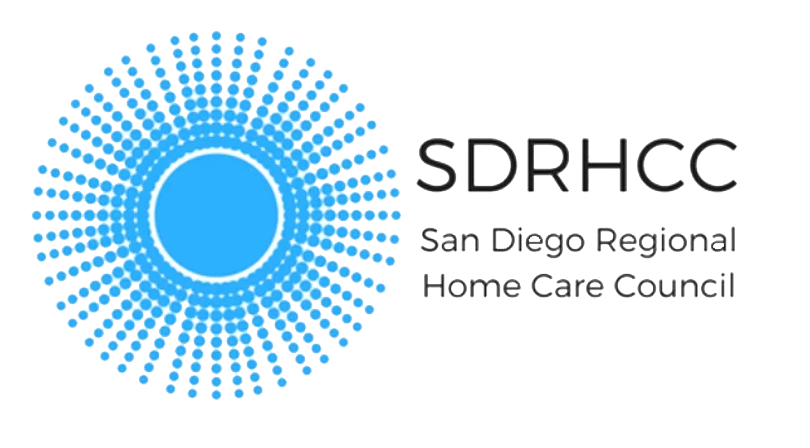Welcoming a loved one back home after they’ve experienced a stroke is a pivotal moment in their recovery journey. It’s a time of relief, knowing they’ve made it through, but also a period of adjustment as you prepare for new challenges. Ensuring your home is a safe and supportive environment and getting home care assistance is crucial for their healing and independence.
In this blog, we’ll explore what a stroke entails and provide practical steps to ready your home for a stroke survivor’s return. Additionally, we’ll discuss the importance of home care assistance in easing the transition and ensuring the well-being of both you and your loved one.
What Happens During a Stroke?
A stroke occurs when the flow of blood to the brain stops or is interrupted. When an ischemic stroke occurs, the blood supply to part of the brain is reduced or blocked so that brain tissue doesn’t get the oxygen and nutrients it needs. During this blockage, brain cells will begin to die within minutes.
Another common type of stroke is called a hemorrhagic stroke. hemorrhagic strokes happen when a blood vessel in the brain bursts or leaks, leading to bleeding in the brain. That extra blood increases pressure on brain cells and damages them.
Returning Home After a Stroke
If your loved one had a stroke and is ready to return home, there is great relief that he has recovered as much as he has already, but he still may have a long road ahead of him. He will probably not be able to go back to his own home for a while, and even once he does, he may need help from family members or a home care assistance team to help him remain independent while still being safe.
For now, as he comes home with you during this part of the healing process, there are steps you’ll want to take to ensure a safe recovery.
Steps for Preparing Your Home for a Stroke Survivor’s Return
Look at the floors.
Many stroke victims struggle with regaining the ability to move their bodies like they used to. Even if your loved one can walk, he may shuffle his feet or need an assistive device to help him maintain his balance. Before your loved one comes home, make sure the floors are not slippery, have all of the loose rugs taken away, and that all possible tripping hazards are removed.
Consider where he’ll sleep.
The fewer stairs your loved one needs to climb, the better. Consider moving him to a main floor bedroom with an adjoined bathroom if that is possible. You may also need to add grab bars to a bed to help him get in and out of it.
Make the bathroom a safe place.
Depending on how weak your loved one is after his stroke, he might need extra support in the bathroom. This can include adding grab bars by the toilet and the shower. You might want to purchase a shower chair for him to sit on during his shower. If you are uncomfortable helping him with his bathing needs, consider having a home care assistance provider visit to help him bathe several times a week.
Have the food he can have at home.
The doctor may request a special diet for a while, or there may be foods that are too difficult for your loved one to eat during this recovery time. Make sure what you have on hand is the right food for his recovery.
Home Care Assistance for Stroke Survivors
Doing it all alone or even with family members pitching in can be a lot of work when trying to help your loved one recover from a stroke. Having a home care assistance team who can visit and provide help around the home, as well as companionship for your loved one, can help ease the burden and stress that often comes with being a caregiver for a stroke survivor.
If you or an aging loved one are considering Home Care Assistance in Bonita, CA, please contact the caring staff at A Passion for Care today. Call (858) 798-5005
A Passion for Care is a Trusted Home Care Agency serving San Diego, La Jolla, Del Mar, Rancho Bernardo, Encinitas, Oceanside, Rancho Santa Fe, Point Loma, and surrounding areas.
Making the transition to a completely new industry brought the opportunity to learn and grow, which continues still today. Pat studied Gerontology in San Diego State University’s certificate program and became licensed as a Certified Nurse Assistant (CNA), a Home Health Aide (HHA), and completed the California Certification Program for Residential Care Facilities for the Elderly (RCCFE) as a Certified Administrator. She presented workshops at Aging in America Conference four years in a row and served as Chair of the San Diego Regional Home Care Council 2019-2020 and was the education board member for several years. More recently, Pat became a Certified Senior Advisor and was a San Diego Business Journal “50 over 50 2022 Women of Influence Honoree”.
Pat and her husband Roland have lived outside San Diego in the San Pasqual Valley for over three decades. She has two children who are grown professionals and three grandchildren. Pat enjoys traveling to, and visits from, family and friends throughout the year. While at home in San Pasqual Valley, she and Roland enjoy peaceful views and exploring the surrounding valleys.
- Unlocking Healthspan: Takeaways from the Longevity Med Summit 2025 in Lisbon - May 23, 2025
- IBS and Older Adults - May 21, 2025
- Benefits of Having Trained Hospice Care Providers - May 9, 2025









